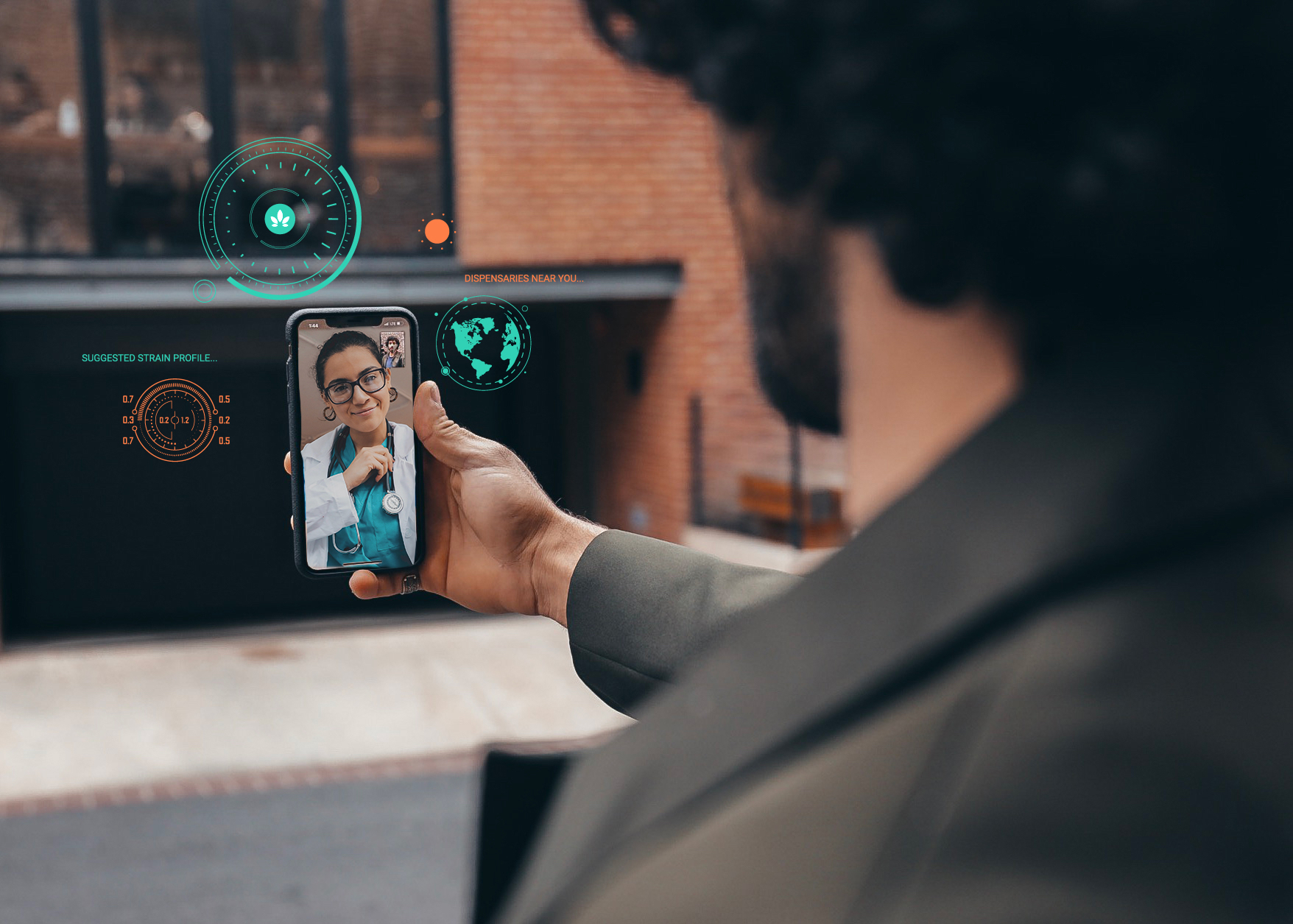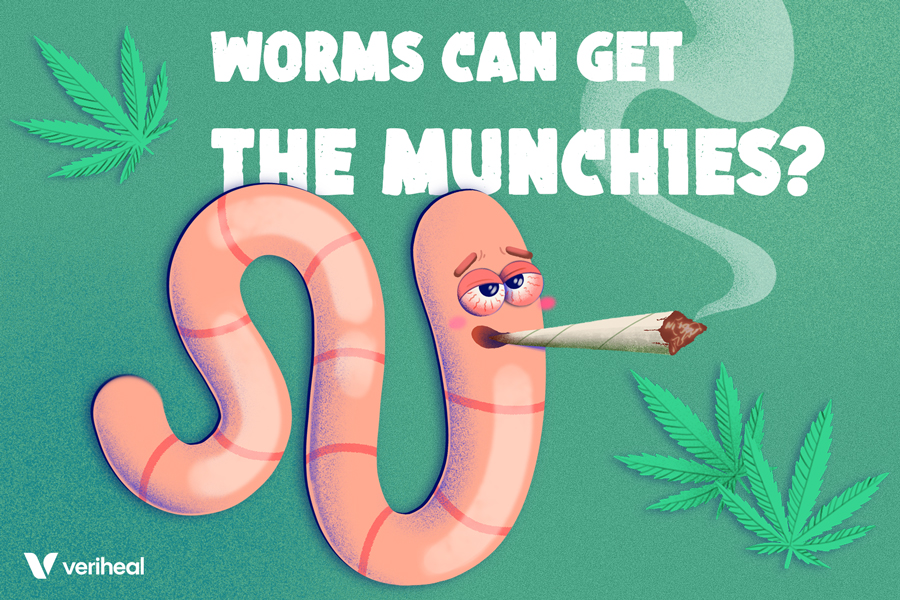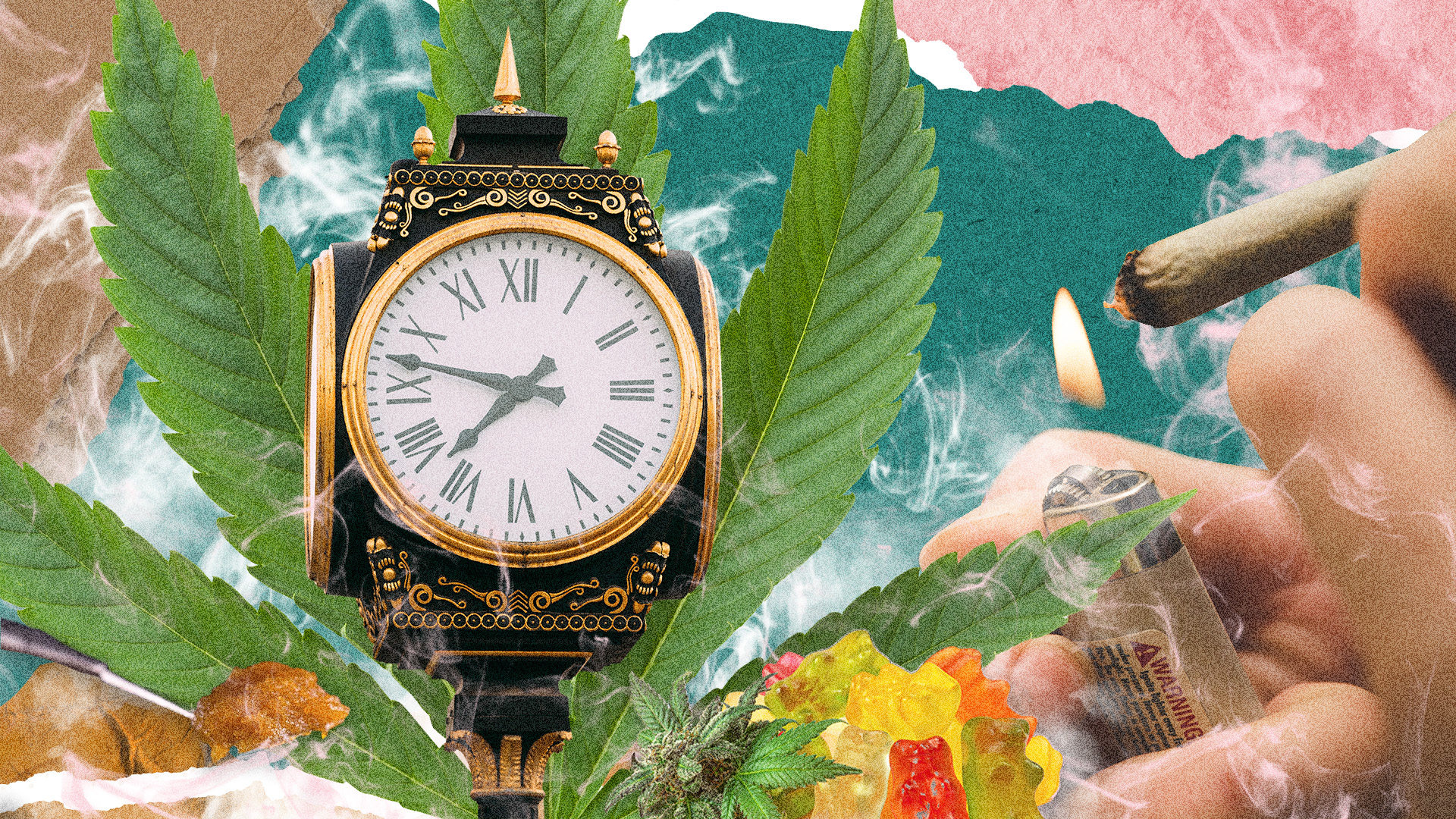Historical sources show that people as early as 300 BCE were aware of cannabis’ appetite-stimulating effects—particularly for sweet and savory food—but who’d have thought that worms (that’s right, worms) also get a case of “the munchies” after being exposed to cannabinoids?
Despite being separated by 500 million years of evolution, a team of researchers was recently surprised to discover that worms and humans aren’t all that different after all. Worms were soaked in cannabinoids to assess the cannabis plant’s effect on appetite. Although it remains uncertain as to whether or not the worms got “high,” so to speak, the worms did demonstrate a preference for junk food containing higher calories.
Cannabinoids are the active chemical compounds produced by the Cannabis sativa plant species. They come in hundreds of forms and react with receptors inside the endocannabinoid system (ECS)—a complex cell-signaling network that promotes homeostasis.
Intricately woven into the biological buildup of all humans, the ECS has also been identified inside all animals (including vertebrates), as well as invertebrates like earthworms, sea urchins, leeches, and lobster. That said, the findings of a recent study published in the journal Current Biology make more sense.
Understanding How Cannabinoids Work Inside the Body
Cannabis-derived cannabinoids bind to proteins in the brain, nervous system, and various other parts of the body known as “cannabinoid receptors.” These receptors make up an integral part of the ECS, which is essential in modulating appetite, metabolism, memory, learning, mood, and reproduction. Cannabinoid receptors are well-equipped to respond to body-produced cannabinoids (endocannabinoids) and plant-produced compounds (cannabinoids).
For the Current Biology study, scientists dipped the worms in an endocannabinoid called “anandamide,” which was discovered in Israel in 1992 by the late Raphael Mechoulam. This neurotransmitter’s name comes from the word “Ananda,” which means it produces happiness. Low levels of anandamide can result in stress, anxiety, and poor overall well-being.
Why You Should Get Your Medical Marijuana Card
Veriheal has satisfied millions of patients nationwide by giving them access to these benefits
- Larger purchase limits
- Peace of mind
- Enhanced legal protection
- Access to higher potency strains
- Save up to 25% on cannabis purchases
- Skip the line at the dispensary
“Cannabinoid signaling is present in the majority of tissues in our body. It, therefore, could be involved in the cause and treatment of a wide range of diseases,” said one of the study’s authors, Shawn Lockery. “We suggest that this increase in existing preference is analogous to eating more of the foods you would crave anyway. It’s like choosing pizza versus oatmeal.”
Although worms are naturally more drawn to high-calorie foods, the feeling intensified after being soaked in anandamide. The researchers believe their findings could carve a path for future research into cannabis’ potential effect on essential appetite-regulating mechanisms. Moreover, they believe that worms could be used in drug-testing and screening processes related to human consumption.
“The fact that the human cannabinoid receptor gene is functional in C. elegans food-choice experiments sets the stage for rapid and inexpensive screening for drugs that target a wide variety of proteins involved in cannabinoid signaling and metabolism, with profound implications for human health,” continued Lockery, who also served as the professor of biology and neuroscience at the University of Oregon.
How Does Cannabis Play a Role in Controlling Appetite?
“Cannabis” is a word referring to various plants in the Cannabis genus plant species, including sativa, indica, and ruderalis. Of the 550+ cannabis compounds that have been identified so far, the cannabinoid tetrahydrocannabinol (THC) is by far one of the most well-known. THC partially binds to and activates cannabinoid receptor type 1 (CB1), which results in increased appetite. It is this particular cannabinoid that has been linked to the munchies.
CB1 receptors are found on nerve cells in the brain and spinal cord. Research indicates that CB1’s presence in the basal ganglia, limbic forebrain, hypothalamus, and rhombencephalon may amplify eating pleasure, increase food palatability, and regulate food intake. They have also been detected in different organs and tissues, including the spleen, endocrine glands, white blood cells, and components of the gastrointestinal, reproductive, and urinary tracts.
When CB1 is activated, THC triggers proopiomelanocortin neurons (POMCs) that may reduce hunger pangs (primary pathway) and/or boost appetite (secondary pathway). It can also amplify ghrelin levels by activating the mTOR (mammalian target of rapamycin) pathway and reducing peptide tyrosine (PYY) levels. Due to their precise location, cannabinoids that influence CB1 receptors may also influence pain, mood, and memory.
Cannabis’ appetite-boosting properties may also benefit cancer and HIV patients. In cases of cancer, patients have been shown to experience relief from chemotherapy-associated pain while simultaneously overcoming chemotherapy-related nausea and appetite loss. For HIV patients with wasting syndrome, cannabis could increase hunger. Since THC can also promote feelings of euphoria, it’s possible that cannabis therapy could somewhat improve the quality of life for patients with a devastating disease, but further research is needed.
Author, Share & Comments















